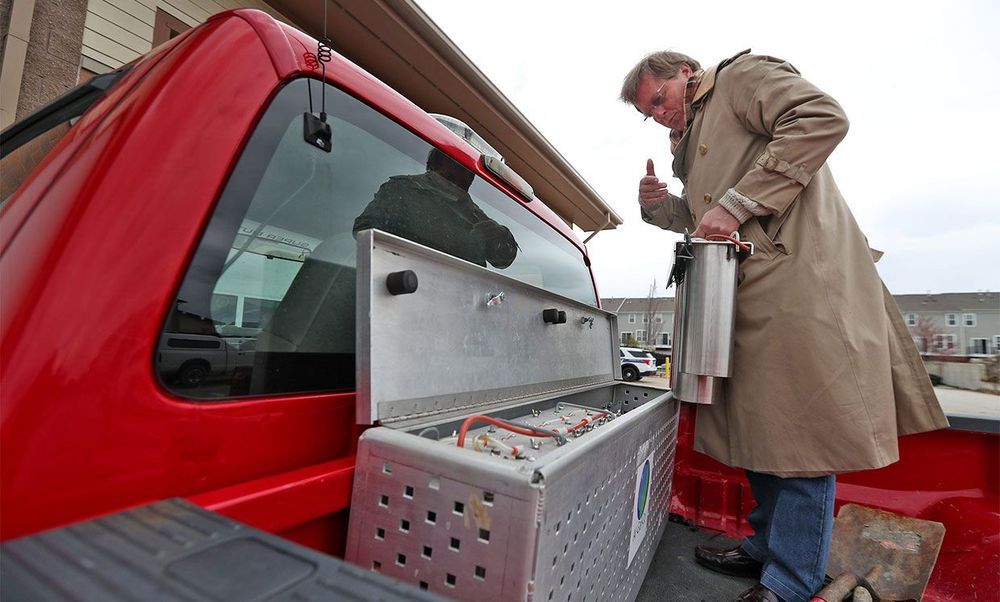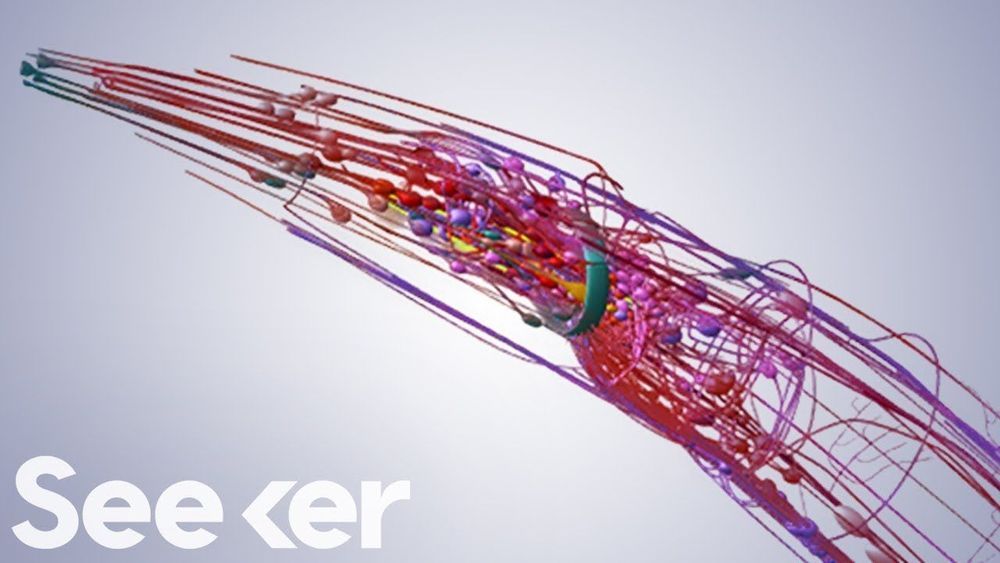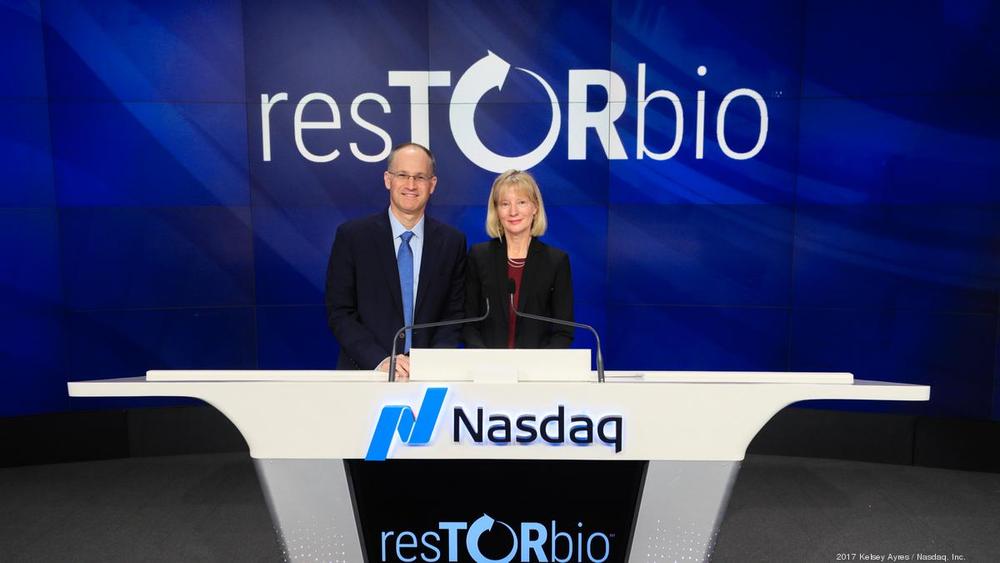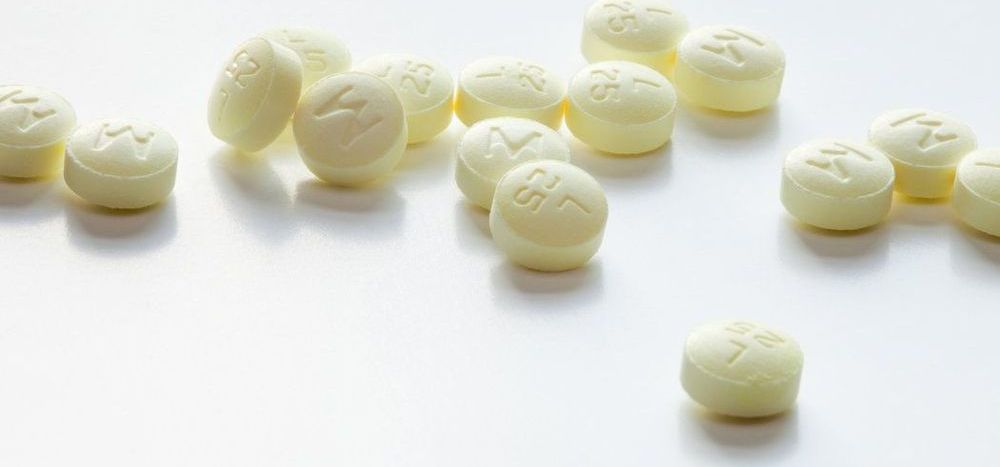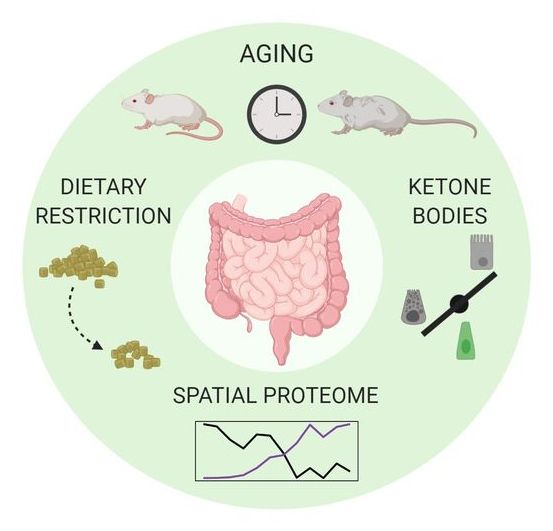May 1, 2020
Study finds high blood pressure medications safe for patients with COVID-19 disease
Posted by Omuterema Akhahenda in categories: biotech/medical, health
This is very surreal. A study was done to assess the safety of common drugs, and COVID, and whether taking them leads to severe symptoms. There has been concern as these drugs increase ACE2 receptors coronavirus binds to. So someone had the bright idea of going through over 12,000 digital patients records to come up with the conclusion the drugs are safe to take and they do not cause worse symptoms. No animal studies, no clinical trials, and this was actually published.
“For the study, the researchers identified patients in the NYU Langone Health electronic health record with COVID-19 test results. For each identified patient with COVID-19 test results, the team discretely extracted medical history needed for the analysis, which compared treated and untreated patients.”
First you do a mouse study at least to review how coronavirus behaves in mice who are given the drugs, and compare it to mice not given the drugs. If science has been reduced to just going over records and coming to a conclusion, with no experimentation I have officially lost my mind.

